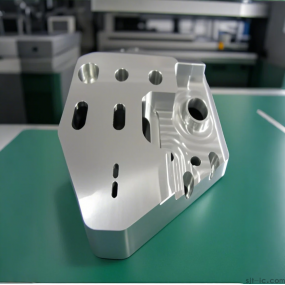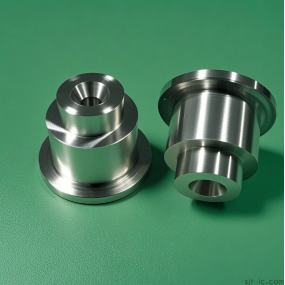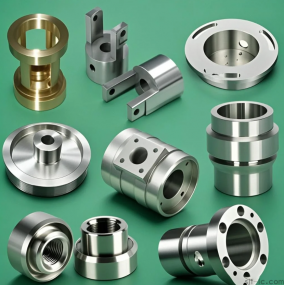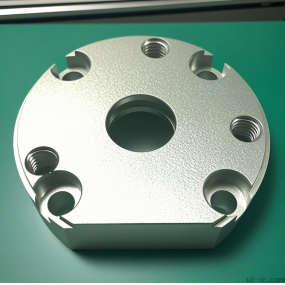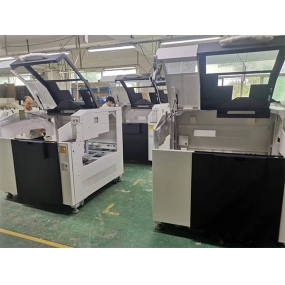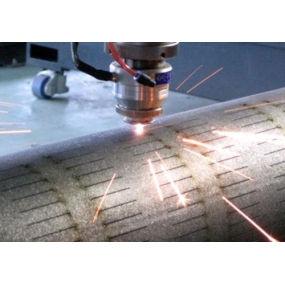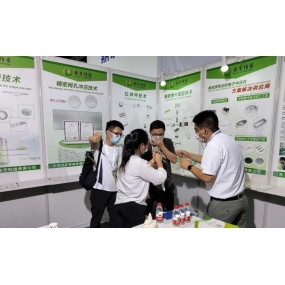When complex machining or machining of complex multi-faceted parts is required, 5-axis linkage machining can generate powerful energy during the manufacturing process. This applies to all types of industries in manufacturing, including healthcare, optics, energy, aerospace, optoelectronics, automotive, electronics, communications, security, robotics, drones, general manufacturing, and more. 5-axis linkage machining is used for parts that require precise rotational machining, such as turbines and impellers, where the contour surface can transition more easily to produce the highest quality parts; This is a quality level that current 3-axis machining cannot achieve.
Here are some differences between 3-axis machining and 5-axis linkage machining: Traditional 3-axis machining systems may require multiple settings and additional preparation for complex parts. The 3-axis machining system moves on the X, Y, and Z axes, providing only lateral and longitudinal movement; However, 5-axis linkage machining adds rotation on the A and B axes, while providing motion across the X, Y, and Z axes. This allows machining parts from all different angles in a single setting. Other differences between 5-axis machining and 3-axis machining include:
a. The 5-axis linkage machining system can process complex shapes faster.
b. The final product has higher accuracy.
c. 5-axis linkage machining can easily process areas that are difficult to reach with 3-axis machining.
d. Can shorten production time and reduce turnover time.
e. Equipped with a high-capacity workbench, it can rotate faster and easily handle heavier components.
f. Create smoother and higher quality surface treatments.


 Spanish
Spanish Arabic
Arabic French
French Portuguese
Portuguese Belarusian
Belarusian Japanese
Japanese Russian
Russian Malay
Malay Icelandic
Icelandic Bulgarian
Bulgarian Azerbaijani
Azerbaijani Estonian
Estonian Irish
Irish Polish
Polish Persian
Persian Boolean
Boolean Danish
Danish German
German Filipino
Filipino Finnish
Finnish Korean
Korean Dutch
Dutch Galician
Galician Catalan
Catalan Czech
Czech Croatian
Croatian Latin
Latin Latvian
Latvian Romanian
Romanian Maltese
Maltese Macedonian
Macedonian Norwegian
Norwegian Swedish
Swedish Serbian
Serbian Slovak
Slovak Slovenian
Slovenian Swahili
Swahili Thai
Thai Turkish
Turkish Welsh
Welsh Urdu
Urdu Ukrainian
Ukrainian Greek
Greek Hungarian
Hungarian Italian
Italian Yiddish
Yiddish Indonesian
Indonesian Vietnamese
Vietnamese Haitian Creole
Haitian Creole Spanish Basque
Spanish Basque

